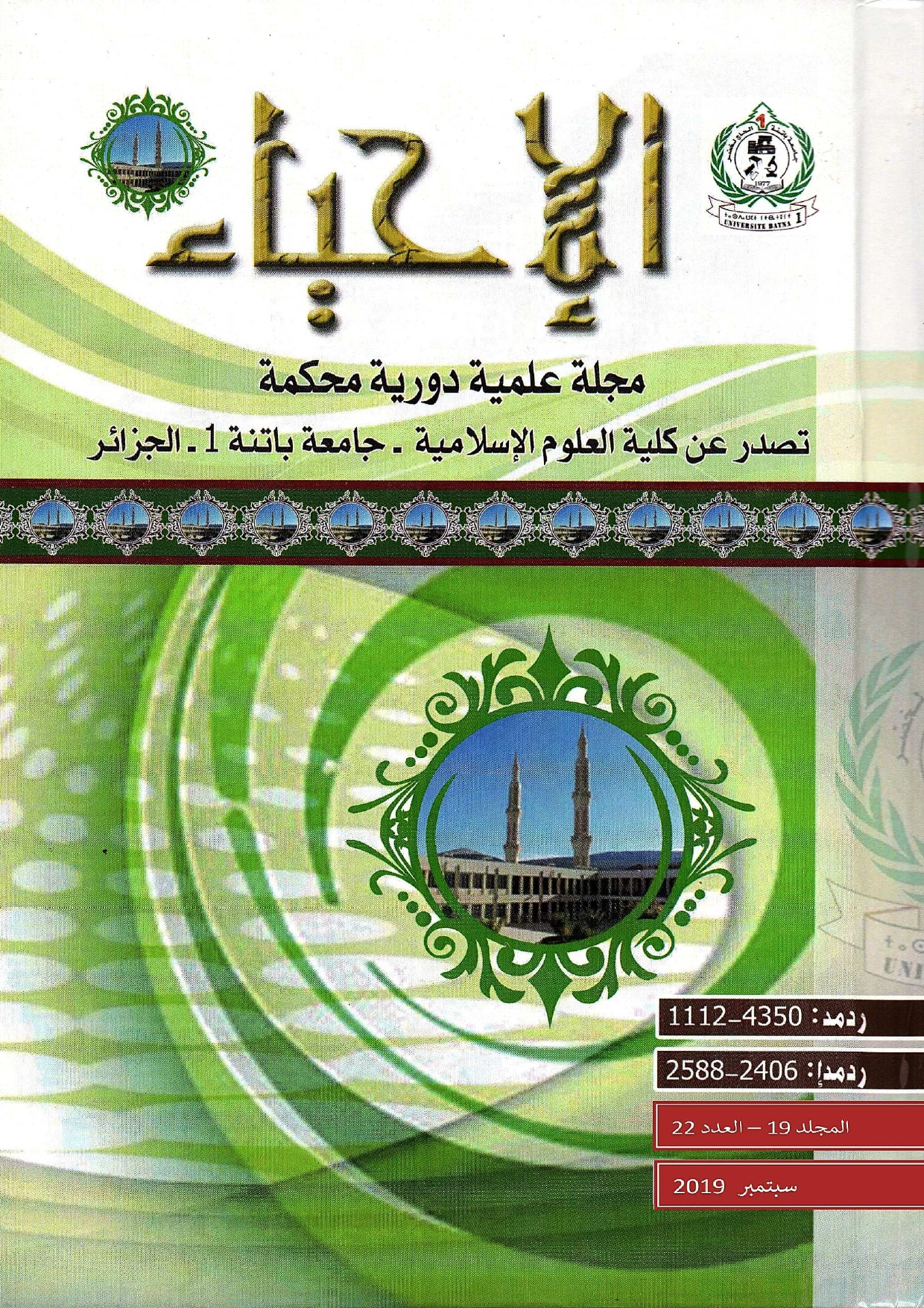دور الكفاءات في تطوير المناهج التعليمية لتحليل النص الأدبي ( دراسة نقدية تحليلية )
DOI:
https://doi.org/10.59791/ihy.v19i1.4290Keywords:
Critical Approach, Literary Text, Educational, Knowledge IntegrationAbstract
The purpose of this study is to highlight the importance of competencies in the educational process to analyze literary texts, considering the educational curricula and mental and linguistic skills as a tool of the perspective taken by the learner to enable him to explore the literary texts and detonate his machines, as the latter network of internal relations in the words of structuralists and then reach the learner The objective process is to reveal the aesthetics that were hidden in the text. Therefore, the teaching of the literary text takes the literary text and considers it to be a form of enlightenment, which represents the axis in which the work is focused, In the words of Roland Barthes, the teaching of the literary text goes back to the field of monetary curricula to borrow the best means to blow up the text and reveal the aesthetic aspects. Including. The study also aims to identify the most important reasons and possible solutions proposed for the development of queens and human competencies, and to identify the media that must be taken for the success of the development of human competencies in general, and language and educational competencies in educational institutions in particular, Which combines analysis and comparison between human .and educational competencies :Based on this preamble, the study raises the following problems What is the importance of educational competencies in textual analysis and analysis? What is the relationship between text and efficiency? Can we reach a new vision that combines the original and borrowed curricula and ?adapt them as dictated by the educational process in the educational institutions
Downloads
Published
How to Cite
Issue
Section
License

This work is licensed under a Creative Commons Attribution-NonCommercial-NoDerivatives 4.0 International License.





